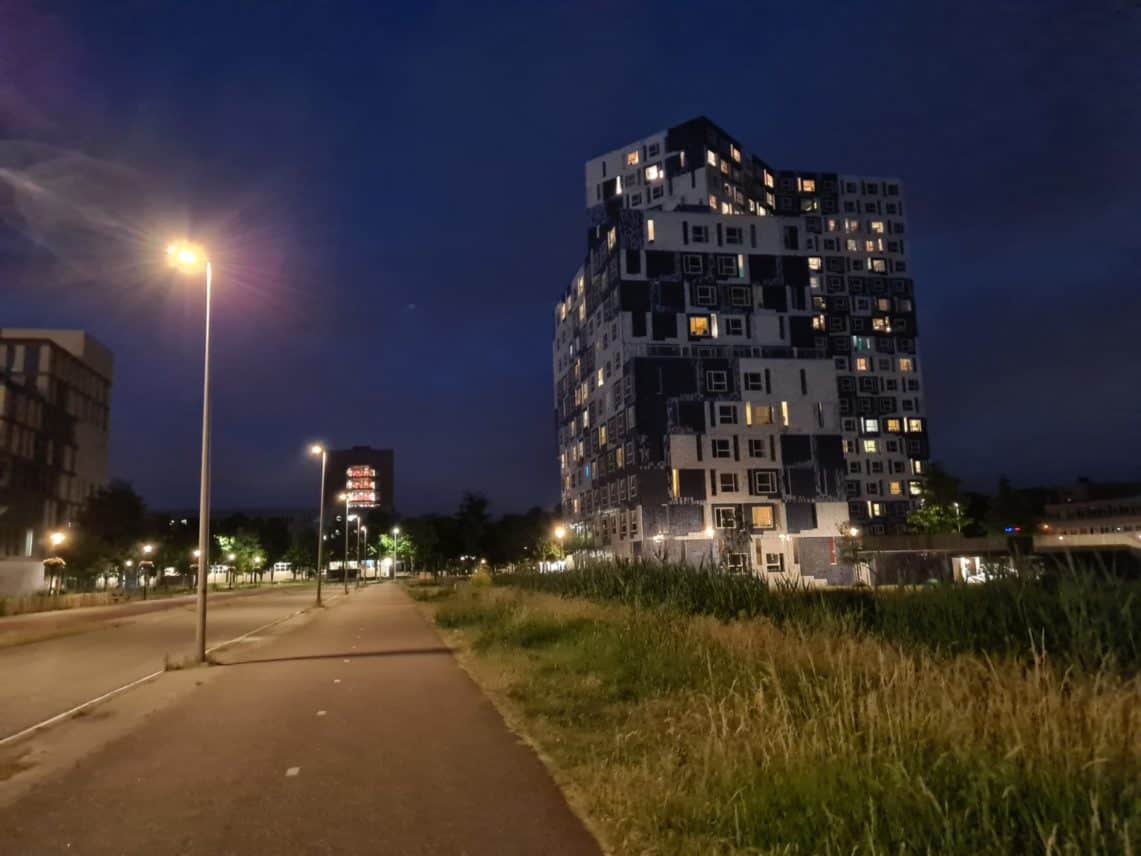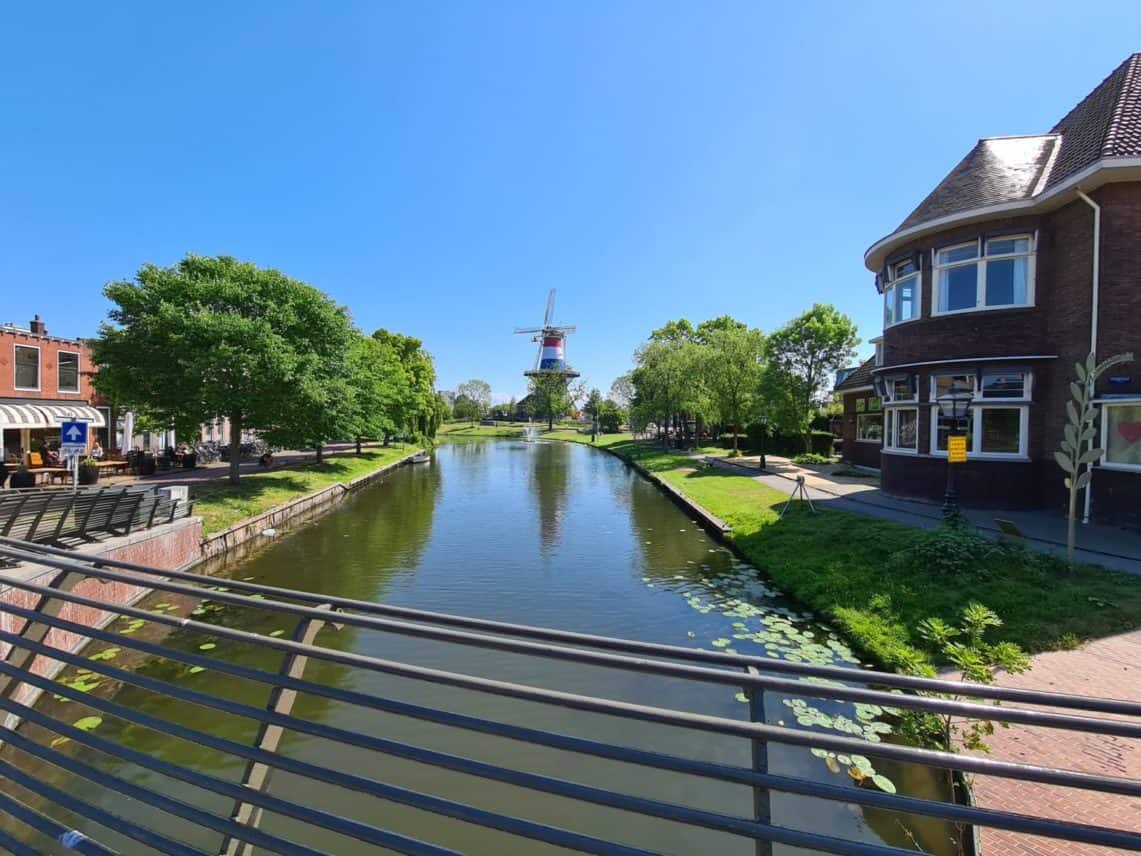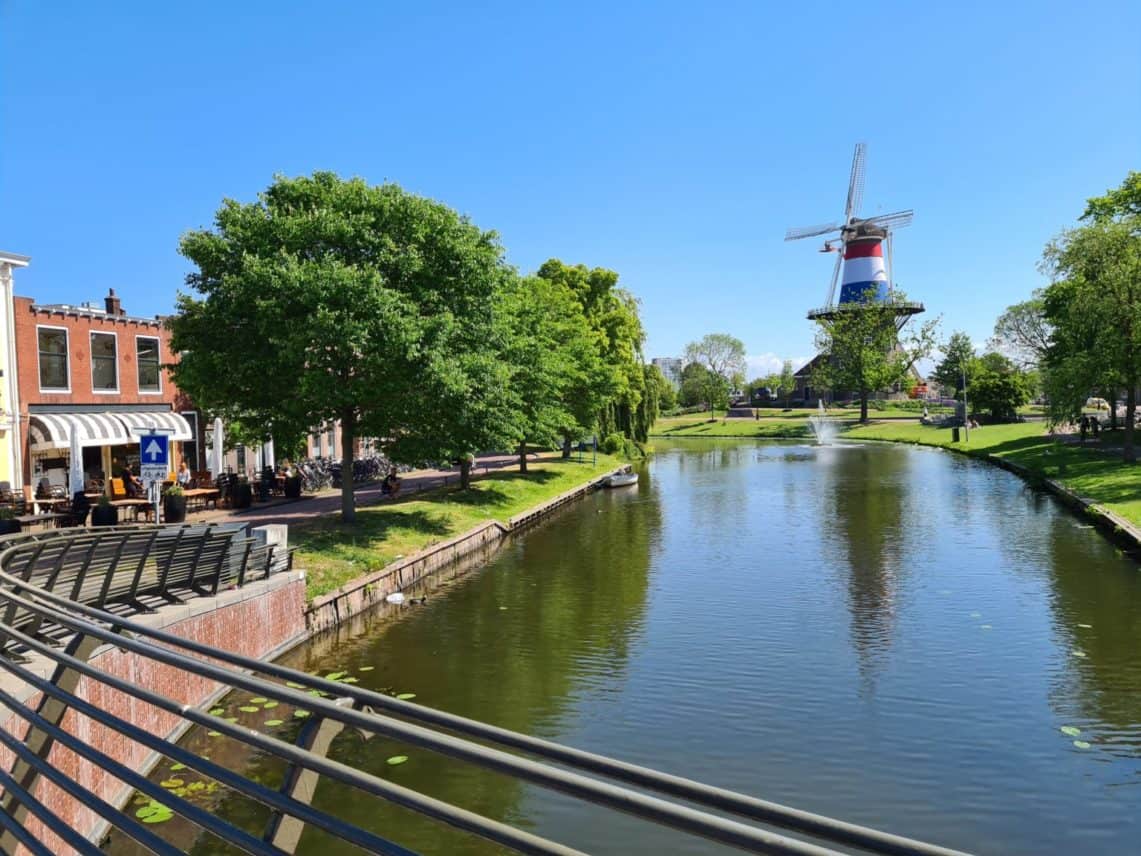Samsung’s Galaxy S-series is as popular as ever, and the series consists this year of three devices: the Galaxy S20, Galaxy S20+ and Galaxy S20 Ultra. Surprisingly, the cheapest smartphone in the series is the best choice. It is compact, offers everything a high-end smartphone should provide and is available as a 4G or 5G smartphone. Moreover, thanks to Samsung Knox, Dex and Windows Link, it offers several interesting productivity features.
Important specs
| Screen | 6.2″ AMOLED, 1440×3200 pixels. 120Hz refresh rate |
| Network Support | 4G or 5G |
| Processor | Samsung Exyons 990 (2.73GHz octacore) |
| Memory | 8GB RAM, 128GB storage |
| Battery | 4000mAh, 25W fast charging, 15W (reverse) wireless charging |
| Software | Android 10 with One UI |
| Camera | 12 megapixel primary, 64 megapixel 1.1x zoom, 12 megapixel ultrawide. 10 megapixel front camera |
Stylish and slim design
The Samsung Galaxy S20 looks great. It has an elongated screen with a tiny hole in the middle for the selfie camera. The edges of the screen are very slightly curved. Because of the slight curve it doesn’t register any unintentional touches, but the device just looks a bit better as a result. A nice compromise. The only thing we don’t like about the Galaxy S20 are the pastel shades. You can get the smartphone in the colours grey, baby blue, baby pink and white; a dark blue or black version is more stylish in our opinion.
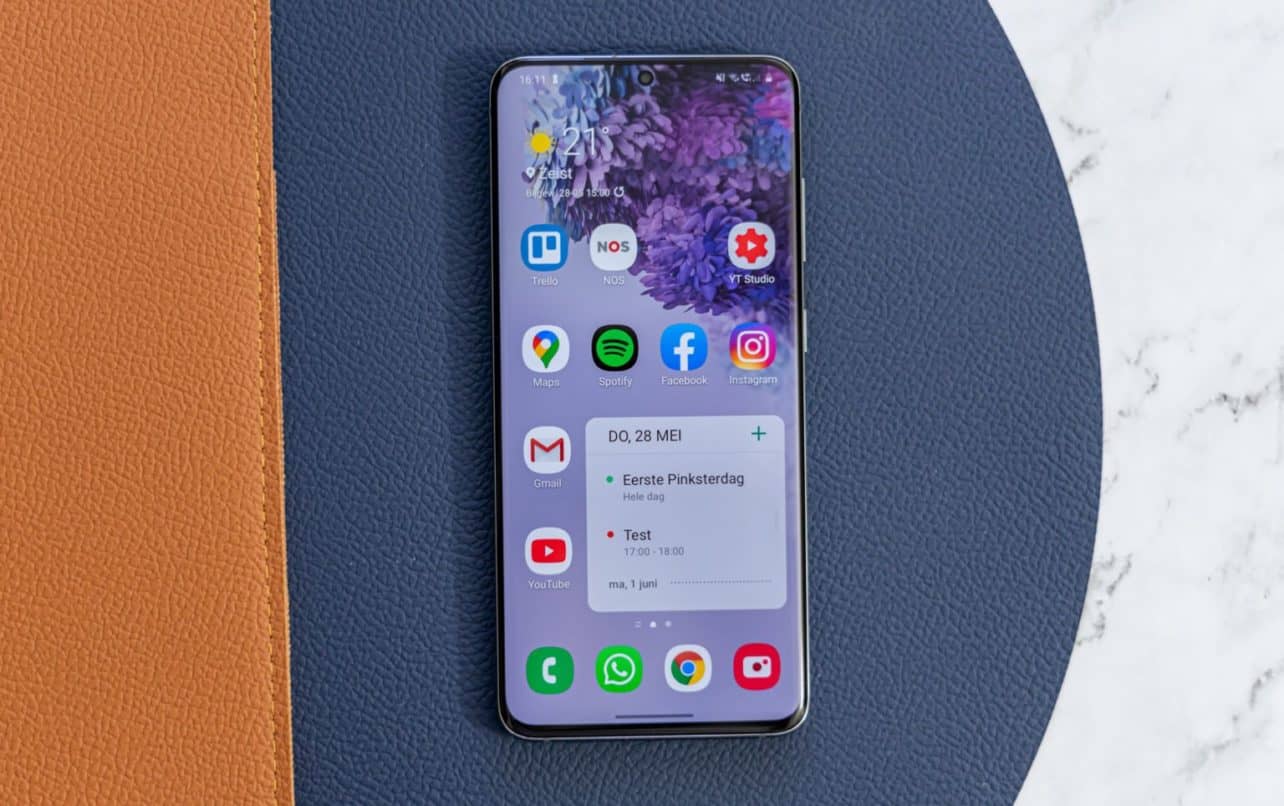
The phone is well designed for use in a business environment. The only thing missing is an audio jack, but unfortunately, that applies to all high-end smartphones these days. The Galaxy S20 is waterproof, has stereo speakers and charges wirelessly. The fingerprint scanner is located within the screen and is fairly accurate, but rather slow. Unlocking the smartphone is just a bit less smooth than with many competitors.
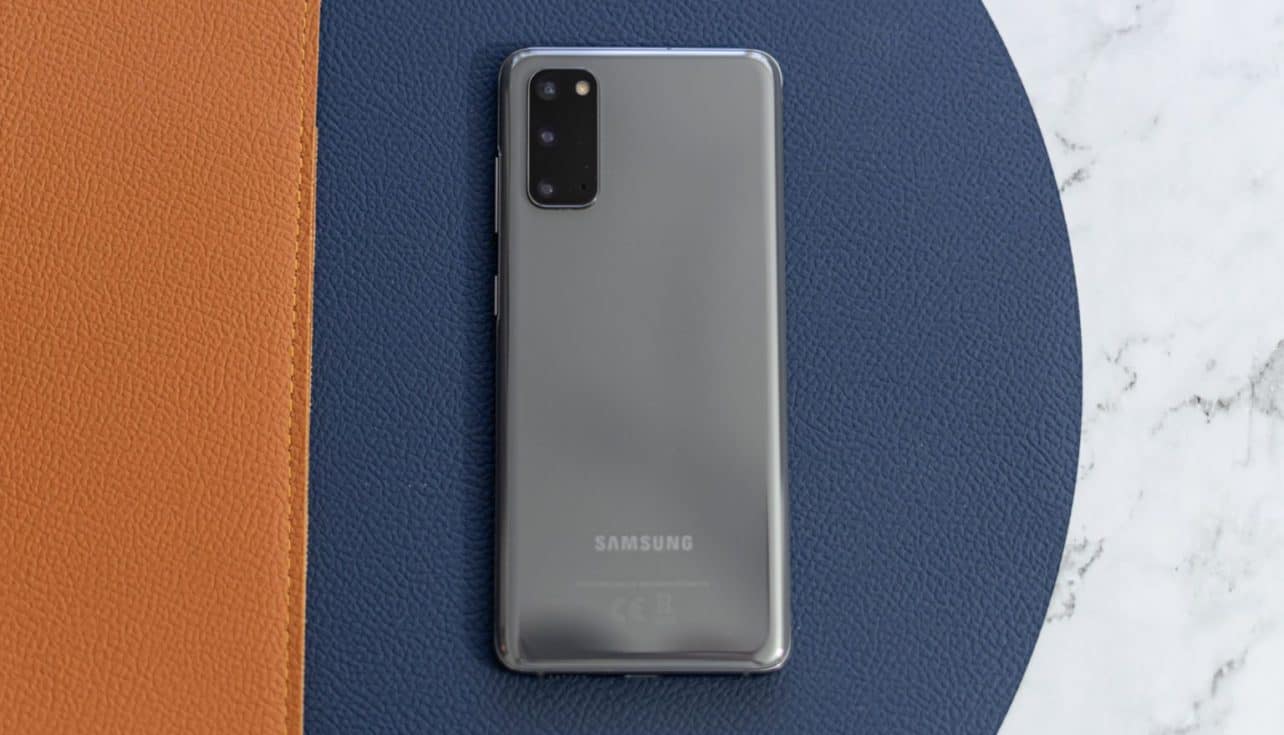
Excellent hardware
Samsung is known for its excellent displays and does not disappoint with the Galaxy S20. The 6.2-inch AMOLED screen has beautiful colours and plenty of brightness. The colour scheme can be fully personalised, and the smartphone contains a dark mode that can be switched on automatically between sunset and sunrise.
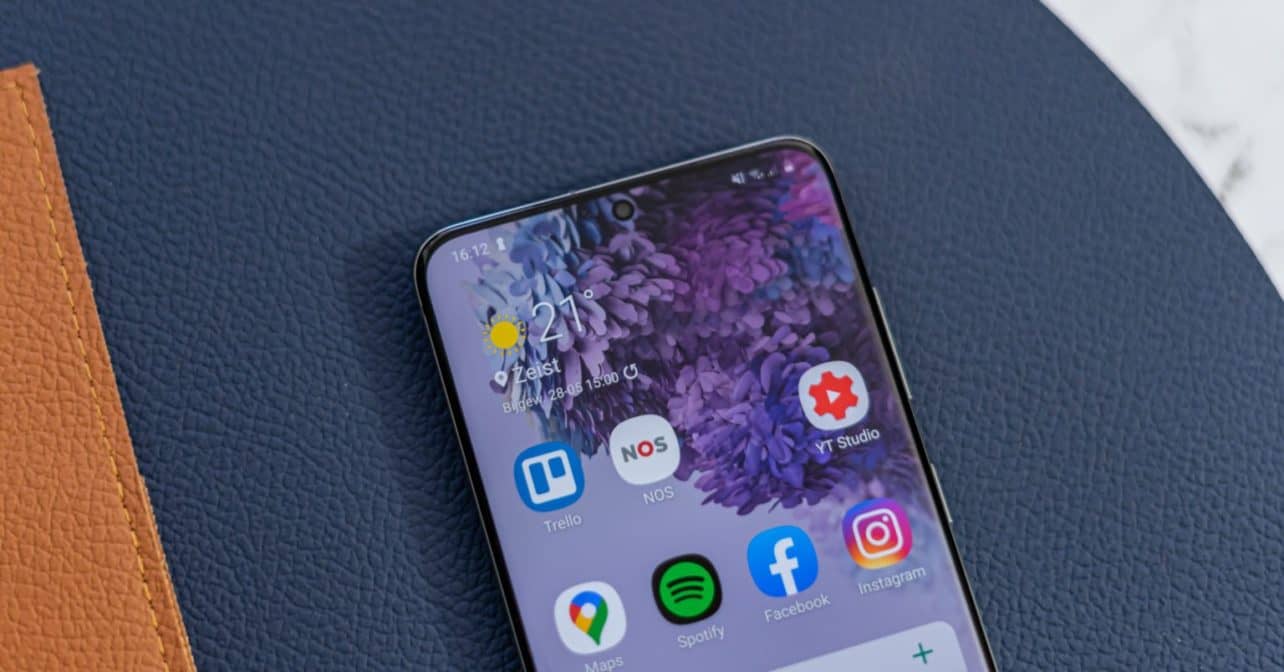
The screen has a refresh rate of 120Hz, which means scrolling is very smooth. Animations in the software are rendered smoothly as well, although it is sometimes visible that Samsung’s One UI software is quite demanding. The S20 has enough power, but still, the device sometimes runs noticeably slower than, for example, a Huawei P40 Pro or OnePlus 8. It is not possible to turn on the 120Hz refresh rate when the screen uses its full Quad HD+ resolution, but scaling back to Full HD+ is almost not noticeable.
In Europe, Samsung supplies the Galaxy S20 with its own Exynos 990 chipset and 8GB of working memory. That is more than enough, and the performance is just fine, apart from the somewhat heavy software. Still, we seem to have some bad luck in Europe: the American Galaxy S20 has a Snapdragon 865 chipset and appears to be even faster.
When it comes to networking, Samsung offers a choice between 4G and 5G. It is nice that you can choose: for many companies, 5G will not be playing an essential part in the coming years. If you choose the 4G option, you will save about 150 euros.
Secured with Knox, connected to DeX
We were talking about the One UI software of the Galaxy S20. It is stacked on top of Android 10, and it’s quite heavy, but it offers a lot of possibilities. The software of the device itself can be fully customised, but the possibilities don’t stop there.
The Galaxy S20 is fully compatible with Samsung’s Knox platform, which provides IT administrators with comprehensive tools to manage and secure devices across the enterprise. Hardware is linked to a secure storage chip where sensitive data is stored.
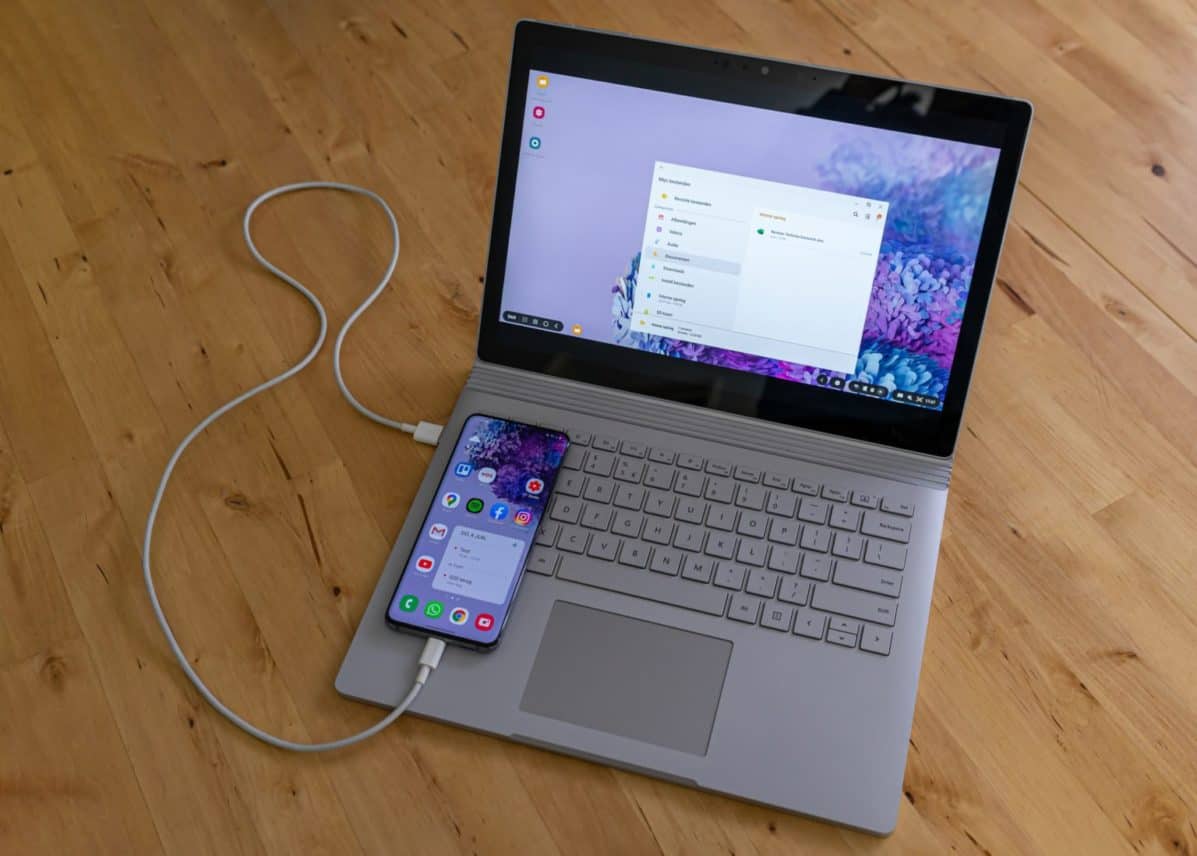
Furthermore, the smartphone offers effective integration with Windows computers. With Windows Link, it is possible to receive calls, messages and notifications on the computer. When the Galaxy S20 is connected to a computer by cable, DeX offers even more possibilities. Via DeX, the entire smartphone can be accessed via the computer, including all files and apps. Files and text can be simply dragged from the computer to the phone or vice versa.
Reliable camera
The camera of the Samsung Galaxy S20 is not as flashy as some premium smartphones currently on the market. It ‘only’ features 3x zoom and three cameras: a 12-megapixel primary camera, a 64-megapixel zoom camera and a 12-megapixel wide-angle camera. But what it does, it does very well.
The Samsung Galaxy S20 shoots beautiful photographs in almost all conditions with an excellent dynamic range and a lot of detail. Colour saturation is on the high side. This might not produce the most realistic photos, but it does look great. The Galaxy S20 doesn’t do as well in dark environments as the best smartphone cameras at the moment. Photographs are not always sharp, and the smartphone tends to overexpose photos when it’s dark. There is a night mode that improves the results somewhat, but it is by no means a big difference.
Wide-angle and zoom photos don’t have the same quality as photos shot with the primary camera, but they are still decent. The same goes for photographs captured with the front camera. It has a resolution of 10 megapixels, which is not very much according to present-day standards. Still, it takes pretty pictures with vibrant colours and a lot of detail.
Samsung proudly reports that the Samsung Galaxy S20 can film in 8K, but this is not very useful. Because of the high bitrate required for 8K, image processing and stabilisation are worse than with 4K videos. It also produces huge files and has few use cases. Fortunately, the 4K videos that the Galaxy S20 shoots are pretty great.
Battery is the only downside
The only thing that is not particularly great about the Samsung Galaxy S20 is the battery. With its 4000mAh, it should be big enough, but the smartphone doesn’t use that power efficiently. The Galaxy S20 will last you the day, but not by much.
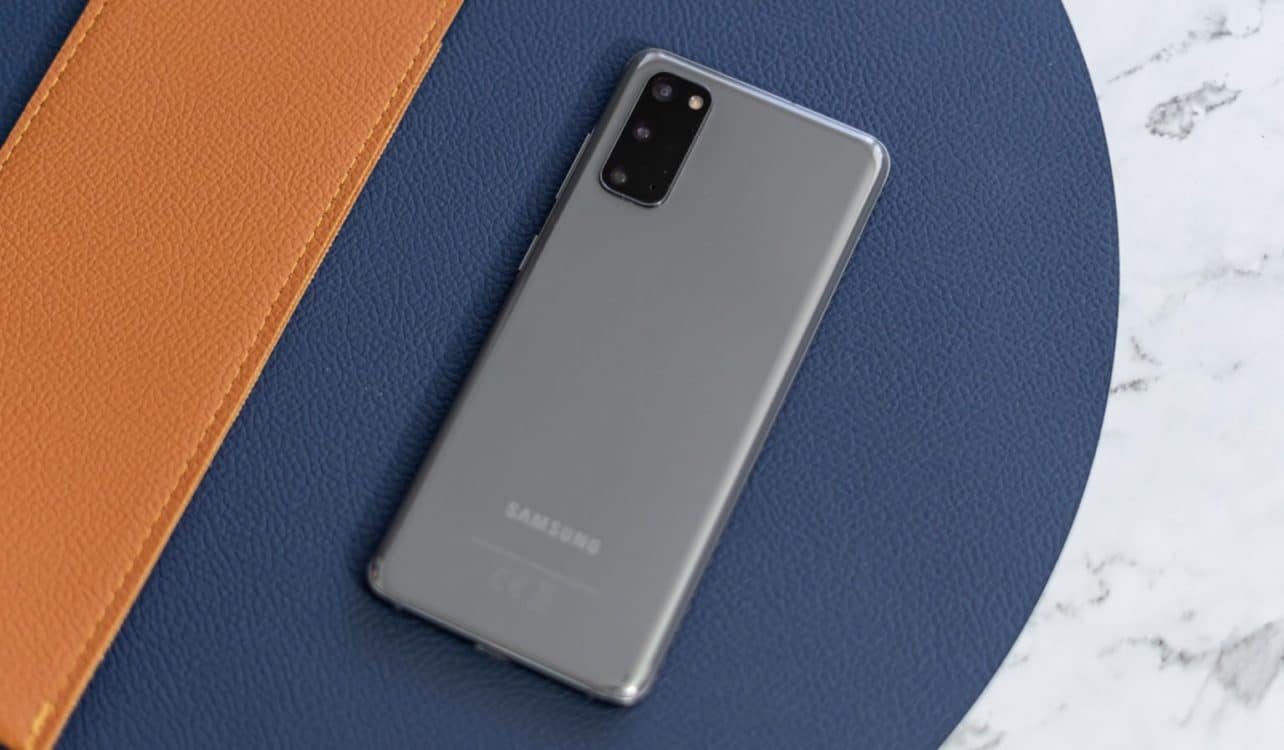
Charging is another aspect that could’ve been better. The smartphone charges at 25W, and it takes over an hour to fully charge the phone. Many modern high-end smartphones do this a lot faster, making it easier to charge the phone between meetings.
Conclusion
With the Galaxy S20, Samsung found the right balance between all the features a high-end smartphone needs, and a compelling price. Especially the 4G version is reasonably affordable at 750 euros. For that money, you get an excellent smartphone with a great screen, good performance and several useful business software features.
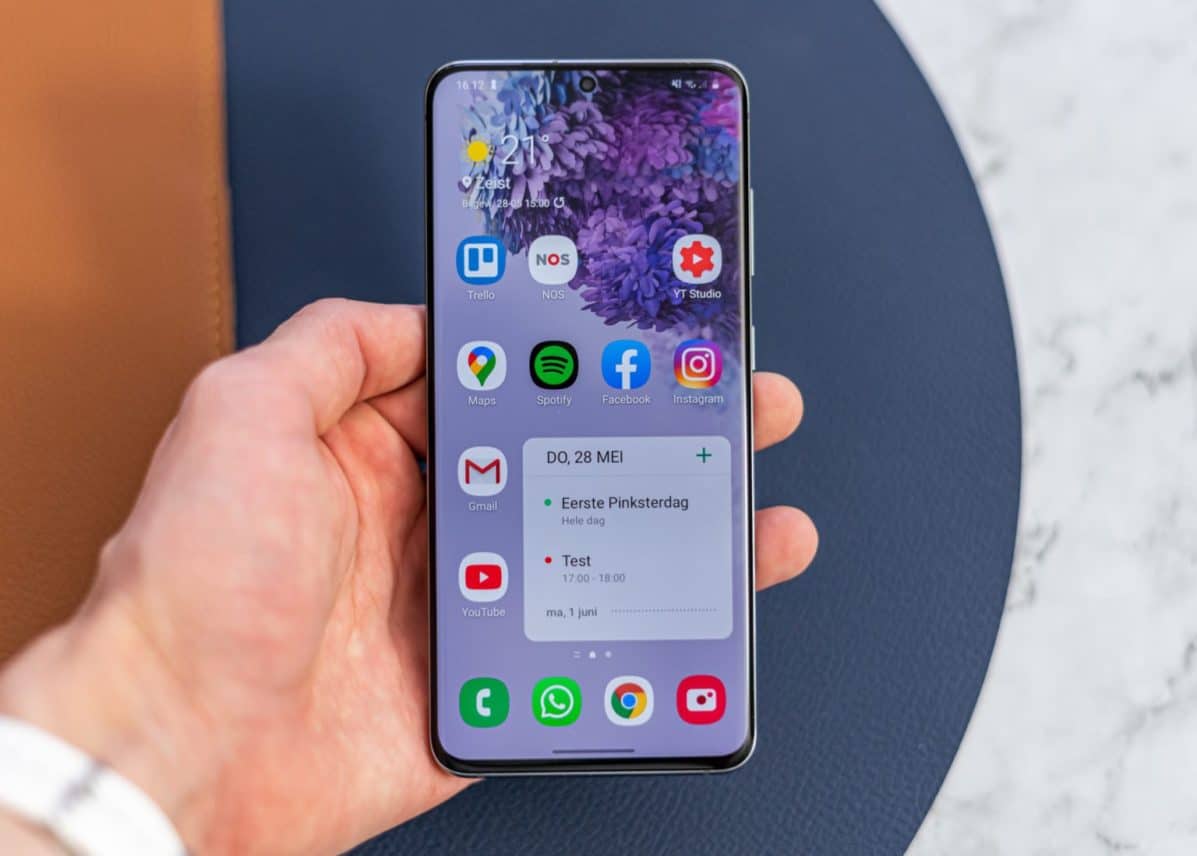
In contrast to even more expensive smartphones, the Galaxy S20 lacks some added features, such as a camera with more zoom and even faster charging. These things won’t be relevant the majority of users. The only real drawback of the Galaxy S20 is its battery: it is barely sufficient.
- Stylish and handy design
- Beautiful screen
- Extensive (business) software options
- Choice between 4G and 5G-versions
- Photo quality in dark environments
- Barely sufficient battery




